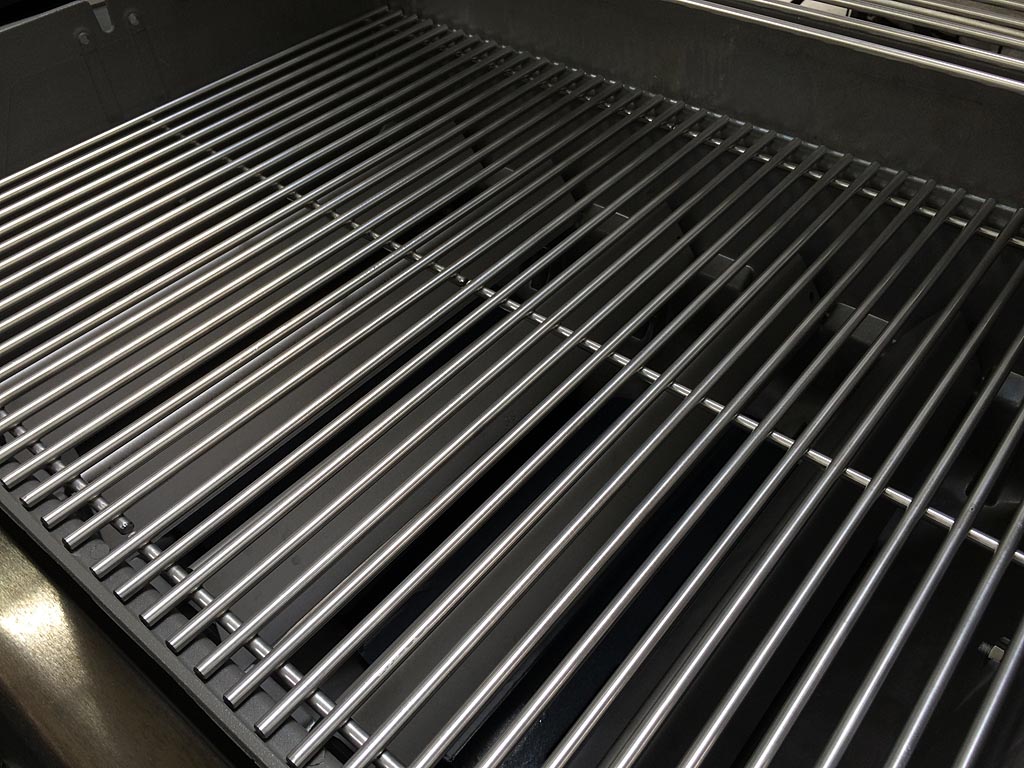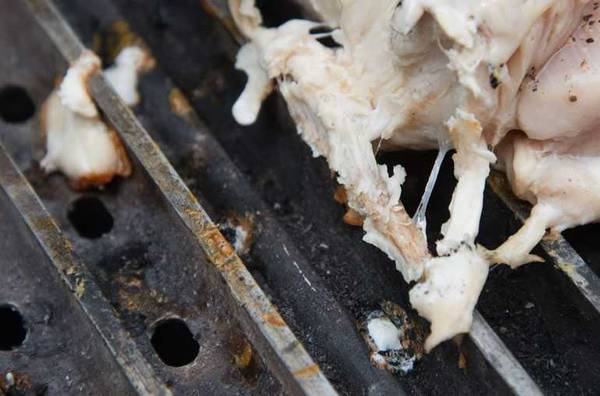Dan Leighton
TVWBB Pro
Hi:
I've been using Weber Grill Spray on my SS grates when doing steaks. Wife says PAM is just the same. What do others use. I've seen some using olive oil mopped on the grates. Just curious. Also wondering how well it works with chicken with BBQ sauce.
I've been using Weber Grill Spray on my SS grates when doing steaks. Wife says PAM is just the same. What do others use. I've seen some using olive oil mopped on the grates. Just curious. Also wondering how well it works with chicken with BBQ sauce.


